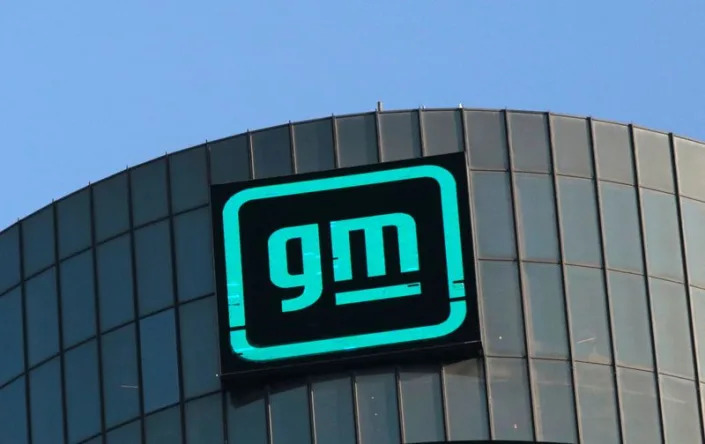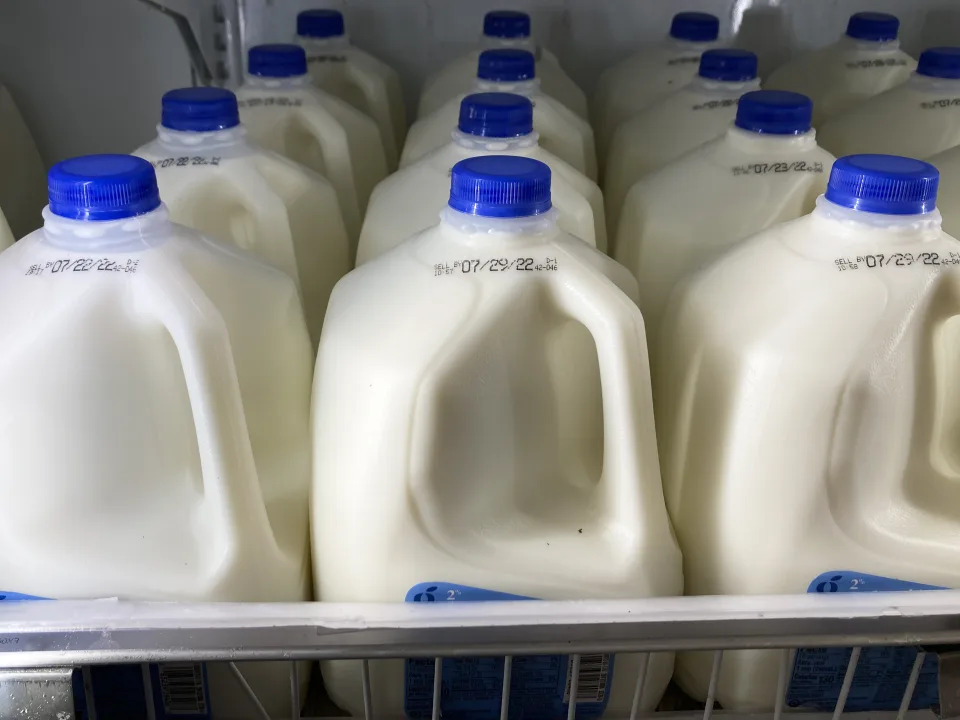The Witch of Ukraine Reveals How 'Teeny-Weeny' American Weapons Are Beating Russians
Sébastien Roblin
Thu, February 23, 2023

'Witch' of Ukraine Talks Up American Small ArmsWikimedia Commons
The United States has supplied weapons of increasing cost and sophistication to Ukraine including M777 towed howitzers, Javelin top-attack anti-tank missiles, and eventually M1 Abrams main battle tanks and Patriot air defense systems.
But military aid need not always be exotic to have an impact. Starting before Russia’s invasion of Ukraine one year ago and continued since, the U.S. also provided modest quantities of low-tech infantry support weapons—M240 and M2 machine guns, 60-millimeter mortars, Mark 19 automatic grenade launchers, and M82 Barret sniper rifles.
These small arms have made their way both to elite commando units, but also to some of Ukraine’s most under-equipped troops, where they are making a difference as testified by Olha Bihar, known by her callsign “Witch” (Vyzdma).
Formerly a lawyer working on her Ph.D., Witch now commands a mortar platoon in the 204th battalion of the 241st Separate Territorial Defense Force (TDF) Brigade. At least 57,000 women serve in Ukraine’s armed forces, including at least 13,000 in roles near frontline combat.
The lightly armed 241st—ostensibly formed for local defense of the capital Kyiv—was one of several brigades thrust into the thick of the fighting for Bakhmut, a town in Eastern Ukraine of middling strategic value that has become an obsessive focus of Russian offensive operations. Since the fall of 2022, tens of thousands of Russian soldiers and mercenaries have been killed or wounded attempting to capture the city.
In a video, Witch recounts an intense battle between October 5-8, 2022 when her platoon defended Bakhmut’s Siniat ALC asphalt mixing plant. (Her translated comments have been lightly altered for concision.)
“The battle was brutal. We faced the enemy three times our number in close quarter gun fights—and Russian long-range artillery on top of that. The Muscovites [Russians] were able to penetrate a quarter of the territory we were defending…So, the orcs occupied part of the planet and we set out to provide fire support to our people pinned there. The fire support team had to work from a depression, without a line of sight.”
“As far as artillery, all we had was a small 60-millimeter mortar—firing range 1.5 kilometers [1 mile] at most. And the American Mark 19 grenade launcher, that saved our butts on multiple occasions, despite its equally short 2 kilometer [1.24 mile] firing range. But again, you don’t see what you’re shooting at, you fire blindly, guided from a drone.”
Though intended for direct fire as particularly beastly machine gun, the Mark 19 can be adapted for high-angle indirect attacks, a method improvised by a Marine unit to dispatch Taliban ambushers in Afghanistan. Reportedly, tables for indirect fire between 900 meters to 2 kilometers were included in prior Mark 19 field manuals, but not the latest publication.
Witch continues:
“In my platoon, I have this hothead name Sheva. He supported us with the Mark 19 in that depression to fire ballistically [in an arc] at the attacking Russians—you have to shoot carefully so as not to hit your own troops. He fires one—nails a Moscovite right in the ass. Fires a second—hits another one. Sheva is holding off the Russian attack when suddenly the Mark 19 jams.
“Meanwhile, the Russians called in the artillery and started adjusting it towards Sheva’s position. Without much deliberation, Sheva whips out that teeny-weeny mortar, basically a toy, an oversized under-barrel grenade launcher. He sticks it into the ground and starts blasting. Just look at how he was aiming it!”
In the interview, Witch produces a cell phone video in which Sheva can bee seen adjusting the mortar’s firing angle by propping it up with a chunk of rock.
“How else were you gonna aim it? That old American mortar didn’t have a bipod. Yet he managed to hit the same enemy trench three times with it. Russian artillery eventually wounded Sheva and his entire crew. He was forcibly evacuated, because he refused to leave, and I had to threaten to arrest him if he didn’t go to the hospital. A shell fragment had busted his helmet and sliced his rifle’s [noise-reducing] suppressor cleanly in half, as if with a knife. When he left, the first thing he did was to pluck a rose. Bakhmut is famous for its roses.”
This is not Witch’s only story involving Bakhmut, Sheva, and their creative use of American weapons, as recounted in an earlier video.
“From where we are, we couldn’t see the Russian positions. But from the recon drone I can see them constantly mucking about in the rear. So I said, ‘What if we put a Mark 19 on a pickup truck, race up the ‘Road of Life’ [one of the few supply lines Ukraine maintains with Bakhmut] stop behind a hill and lob a full magazine of grenades at them. There’s enough time to empty out all 32 grenades and be gone before return mortar fire reaches us. I did the math!”
Though the driver was “aghast,” they gave the idea a try:
“Minefield to the right, minefield to the left, orcs in front, clear line of sight. They swerve the truck, loose a full belt of 40-millimeter grenades. As soon as they dart off, mortar bombs begin falling where they just stood. We terrorized them for two whole weeks this way.”
Intercepted communications apparently revealed Russians forces were vexed by the ‘devil’s chariot,’ which seemed to combine the rate of fire of an automatic grenade launcher with the trajectory of a mortar.
The asphalt plant eventually fell to Russian troops in mid-October 2022, only to be recaptured later that month by a Ukrainian counterattack. Control has seesawed since. While Russia has struggled to hold any parts of Bakhmut proper, it has made progress interdicting all but one of the road Ukraine relies upon to resupply the Ukrainian garrison. Ukrainian forces may therefore eventually be compelled to withdraw while a line of retreat remains open—but only after having absorbed much of the brunt of Russia’s winter offensive.
Tiny Artillery in a Big War
60-millimeter mortars are a relatively recent addition to Ukraine’s armed forces, as their progenitor, the Soviet Red Army, didn’t much use of light mortars, unlike the U.S. and British armies in World War II. Though much less powerful than medium or heavy mortars, light mortars are highly portable, and can give low-level infantry units a weapon that can accurately bombard points targets with indirect fire.
Given the prevalence of small-unit actions in Ukraine (squads/platoons/companies), and the difficulty such units can have obtaining support from distant artillery, the mortars give lower-level commanders more flexibility.The U.S. is known to have supplied Ukraine with 60-millimeter M224 systems, which weighs 47 pounds (or 37.5-lbs for the newer M224A1 model), have a maximum range of 2.1 miles using modern ammunition, and a maximum firing rate of 20 to 30 rounds per minute. This weapon ordinarily should come with a bipod, so it’s unclear if this is the mortar used by Olha’s unit.Poland also began donating LM-60D and LMP-2017 commando mortars just before the war began. Croatian M84 mortars, Chinese Type 63, and Bulgarian M60CMA 60-millimeter mortars have also been sighted. Ukraine also appears to have acquired Chinese 60-millimeter shells via Albania, Japanese-manufactured bombs and fuses likely supplied via the United States, and even Iranian and Croatian mortar rounds.Ukraine itself has devised its own light 60-millimeter mortar, the KBA-118, which at 27.5 pounds is two-thirds the weight of the older World War II-era American M2 mortar it’s based on. It’s also producing the beefier 44-pound M-60A Kamerton (“Tuning Fork”) which has a greater range of 2.17-3.4 miles.Kyiv’s forces have more experience with automatic grenade launchers like the 30-millimeter Soviet AGS-17. The larger-caliber 40-millimeter Mark 19 supplied by the U.S. weighs 77 pounds—and thus is often mounted on a vehicle—and has a practical rate of fire of 60 rounds per minute. It is fed belts of 32 or 48 grenades, shot out at a velocity of 241 meters a second, with an effective blast radius of 10-15 meters using M383 high-explosive rounds. The dual-purpose M430 round has a smaller radius of 5 meters but can penetrate up to three inches of armor, making it effective against light armored vehicles.


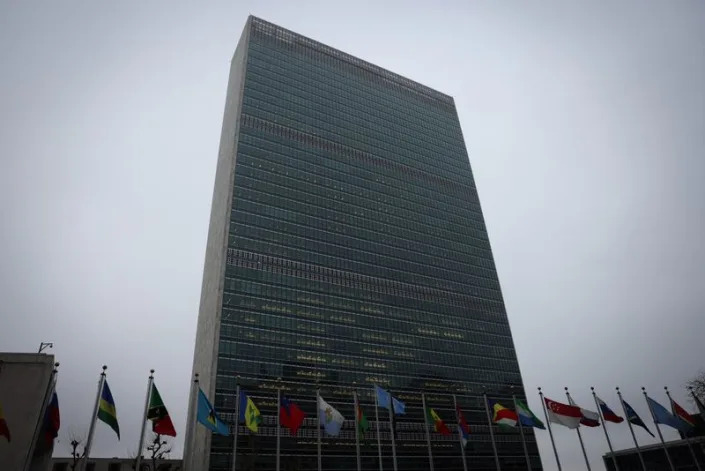
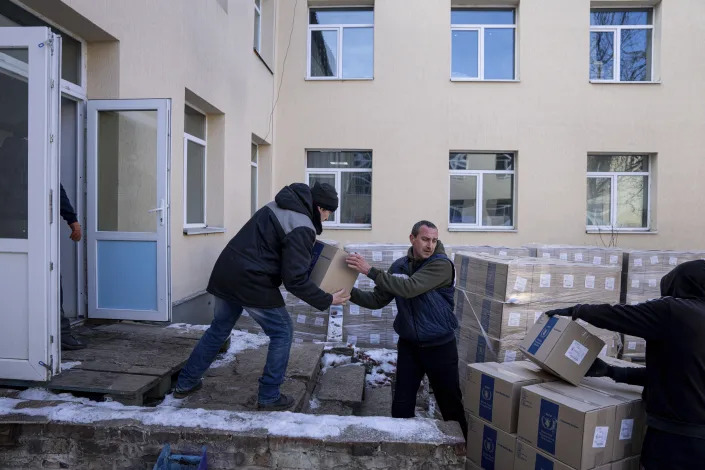





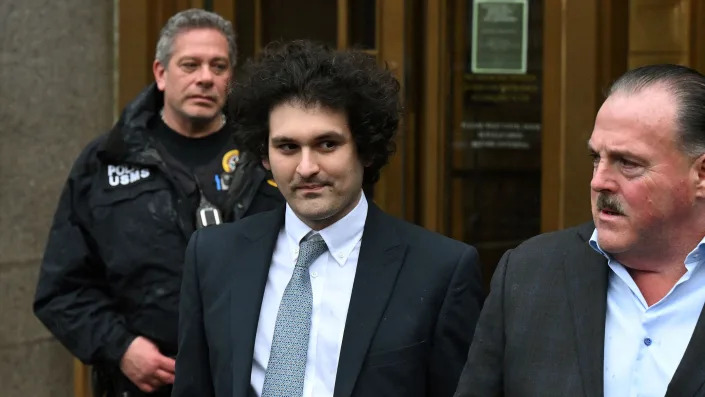
.png)
.jpg)
